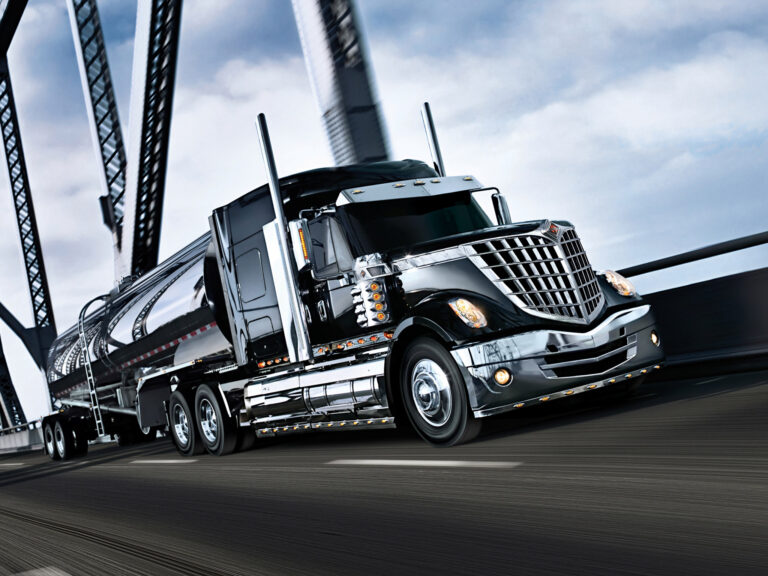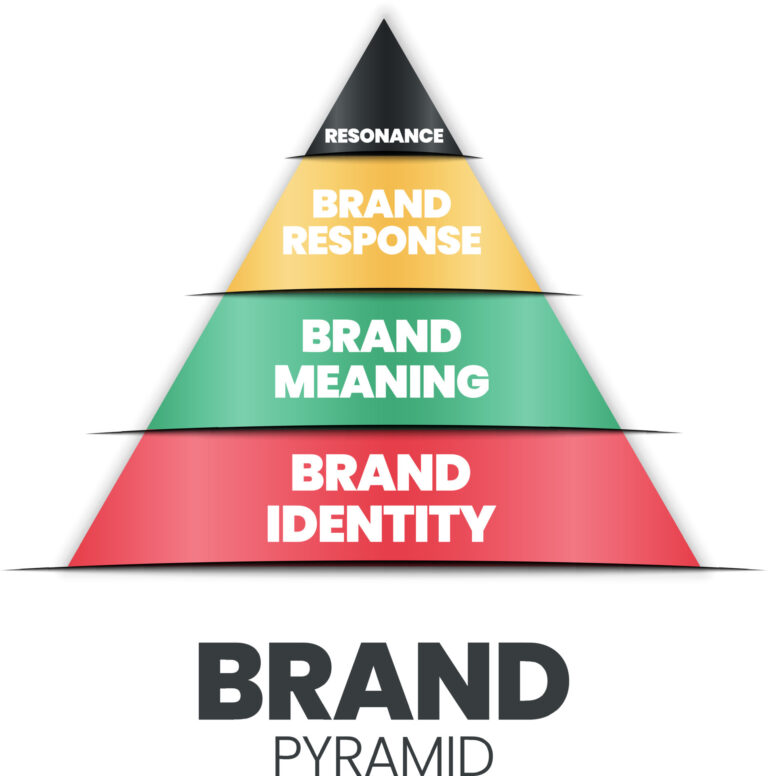Us Car Brand Fiat
Us Car Brand Fiat cars.truckstrend.com
An Italian Heart with a Deep American Connection
When one speaks of "Us Car Brand Fiat," it immediately brings forth a fascinating paradox. Fiat, or Fabbrica Italiana Automobili Torino, is unequivocally an Italian automotive giant, born in Turin in 1899. Yet, its profound historical ties, strategic alliances, and significant market presence in the United States have woven it deeply into the fabric of the American automotive narrative. While not a "US car brand" in its origin, Fiat’s journey through the American market, particularly its transformative merger with Chrysler to form Fiat Chrysler Automobiles (FCA) and subsequently its role within the global Stellantis conglomerate, makes its story indispensable to understanding the contemporary US automotive landscape. This article will delve into Fiat’s unique status, exploring its past, present, and future in the United States, and providing a comprehensive guide for anyone interested in this distinctive brand.
Us Car Brand Fiat
Fiat’s Enduring American Footprint: A Historical Perspective
Fiat’s relationship with the American market is a storied one, marked by periods of both enthusiastic embrace and challenging withdrawal.
Early Ventures and Retreats (Pre-2009)
Fiat first entered the US market in the early 20th century, even establishing a factory in Poughkeepsie, New York, in 1910. However, like many European brands, it struggled to maintain a consistent presence through the World Wars and subsequent economic shifts. The brand made another significant push in the 1950s and 60s, selling models like the Fiat 600 and 124 Spider, which gained a cult following for their sporty appeal and unique design. Yet, by the early 1980s, facing stiff competition from Japanese manufacturers, concerns over quality, and stringent US emissions regulations, Fiat officially withdrew from the North American market. For nearly three decades, Fiat cars were absent from American showrooms, becoming collector’s items rather than daily drivers.
The Chrysler Alliance: A Defining Re-Entry (2009-2021)
The most pivotal chapter in Fiat’s American story began in 2009. In the wake of the global financial crisis, the American auto industry faced collapse. Chrysler, one of the "Big Three," was teetering on the brink of bankruptcy. The US government facilitated a strategic partnership, allowing Fiat S.p.A. to acquire a controlling stake in Chrysler. This unprecedented alliance was a lifeline for both companies. Fiat gained access to Chrysler’s extensive dealer network and manufacturing capabilities in North America, while Chrysler benefited from Fiat’s small-car platforms, fuel-efficient engine technology, and global design expertise.
This merger gave birth to Fiat Chrysler Automobiles (FCA) in 2014, headquartered in London, but with significant operational centers in Auburn Hills, Michigan. Through FCA, Fiat officially relaunched in the US market in 2011 with the iconic Fiat 500. This move aimed to capitalize on a growing demand for small, fuel-efficient, and stylish urban vehicles.
The Stellantis Era: A New Global Chapter (2021-Present)

In 2021, FCA merged with the French PSA Group (Peugeot S.A.) to form Stellantis N.V., creating one of the world’s largest automotive conglomerates. Stellantis, with its dual headquarters in Amsterdam and Auburn Hills, Michigan, now oversees a vast portfolio of brands, including iconic American names like Jeep, Ram, Dodge, and Chrysler, alongside European marques like Fiat, Alfa Romeo, Maserati, and Peugeot (though Peugeot is not currently sold in the US).
Within Stellantis, Fiat continues its role as a global brand, leveraging shared platforms and technologies. Its "US connection" is now solidified through its place within a multinational company that has a massive footprint and deep roots in the American automotive industry, managing manufacturing, sales, and distribution for many brands in the US.
Fiat’s Product Line-up in the US: A Niche Offering
Fiat’s strategy in the US market post-2011 has primarily focused on niche segments, emphasizing style, urban maneuverability, and unique Italian flair.
- Fiat 500 (2011-2019): The quintessential modern Fiat, this compact city car was the brand’s reintroduction vehicle. It offered a retro-chic design, nimble handling, and respectable fuel economy, appealing to buyers looking for a distinctive alternative to mainstream subcompacts. Variants included the sporty Abarth, the convertible 500c, and the all-electric 500e (which had limited availability).
- Fiat 500L (2014-2020): A larger, four-door version of the 500, designed to offer more interior space and versatility, aiming for the compact MPV segment.
- Fiat 500X (2016-2023): A compact crossover SUV, sharing its platform with the Jeep Renegade. This model was Fiat’s attempt to tap into the booming SUV market, offering all-wheel-drive capability and a more rugged appearance while retaining some 500-inspired styling cues.
- Fiat 124 Spider (2017-2020): A two-seat roadster developed in partnership with Mazda (based on the MX-5 Miata), offering a classic Italian sports car experience with modern reliability.


Currently, Fiat’s new vehicle offerings in the US are highly focused on electrification:
- Fiat 500e (2024-Present): The latest iteration of the iconic 500, reimagined as an all-electric vehicle. This model represents Fiat’s commitment to sustainability and aims to re-establish the brand’s presence as a stylish and efficient urban mobility solution.
Benefits and Challenges of Fiat’s US Presence
Fiat’s journey in the US market has been a mix of strategic advantages and considerable hurdles.
Benefits:
- Distinctive Styling: Fiat vehicles stand out with their unique Italian design, appealing to buyers seeking individuality over conventional aesthetics.
- Niche Market Appeal: The brand has successfully carved out a niche among urban dwellers and those who prioritize compact size, maneuverability, and a "fun-to-drive" factor.
- Fuel Efficiency (Historically): Early models offered competitive fuel economy, a significant draw for environmentally conscious consumers or those looking to save on gas. The new 500e fully embraces this with zero emissions.
- Access to Chrysler/Stellantis Network: Being part of a larger US-based (operations) automotive group provides access to a vast dealer network for sales and service, parts distribution, and shared manufacturing resources.
- Brand Diversification: For Stellantis, Fiat adds a unique, globally recognized European brand to its diverse portfolio, allowing it to target different consumer segments.
Challenges:
- Brand Perception: Despite improvements, historical perceptions of reliability and quality issues (from the pre-1980s era) have lingered for some consumers.
- Limited Model Range: Unlike many mainstream brands, Fiat has offered a very narrow selection of vehicles in the US, limiting its overall sales volume and appeal to a broader audience.
- Intense Competition: The subcompact and compact crossover segments are fiercely competitive, dominated by established players with larger marketing budgets and wider model selections.
- Sales Performance: While the initial re-launch saw some success, sales for models like the 500L and 500X struggled to meet expectations, leading to their eventual discontinuation.
- Resale Value: Due to niche appeal and limited volume, some Fiat models have historically experienced lower resale values compared to more popular competitors.
- Transition to EV: The success of the new 500e will depend on how well it competes in the rapidly growing but highly competitive EV market.
Owning a Fiat in the US: Practical Considerations
For prospective or current Fiat owners in the US, understanding the practicalities is key to a satisfying experience.
How-to Navigate the Purchase:
- Identify Your Needs: Are you looking for a stylish urban commuter, a second car, or a primary vehicle? Fiat’s current offering (the 500e) is best suited for city driving and shorter commutes.
- Research the 500e: Understand its range, charging capabilities, and features. Look at available trims and options.
- Find a Stellantis Dealer: Fiat vehicles are sold and serviced through select Stellantis dealerships (often alongside Chrysler, Dodge, Jeep, or Ram). Use the Fiat USA website to locate authorized dealers in your area.
- Test Drive: Experience the vehicle firsthand to assess its driving dynamics, interior comfort, and suitability for your lifestyle.
- Consider Incentives: As an EV, the Fiat 500e may qualify for federal tax credits or state-specific incentives, which can significantly reduce the purchase price.
- Financing and Insurance: Research typical insurance costs for EVs and explore financing options through the dealer or independent lenders.
Maintenance and Service:
- Dealer Network: While not as ubiquitous as some brands, the integration into Stellantis means Fiat owners benefit from a wider service network than if Fiat were a standalone import.
- Parts Availability: Common parts are generally readily available through the Stellantis supply chain.
- Specialized EV Maintenance: The 500e, being electric, will have different maintenance needs than gasoline cars (e.g., no oil changes), focusing on battery health, tire rotation, and brake checks.
Tips for Owners:
- Embrace the Niche: Fiat vehicles are not for everyone. Appreciate their unique character, design, and urban agility.
- Leverage Technology: The new 500e comes with advanced tech features; familiarize yourself with them for optimal use.
- Stay Connected with Fiat Community: Online forums and owner groups can be excellent resources for tips, troubleshooting, and sharing experiences.
- Plan Charging for 500e: If you own a 500e, understand your daily range needs and plan for home charging (Level 2 charger is recommended) and public charging options.
Price Table: Fiat’s Current US Lineup (2024 Model Year)
As of early 2024, Fiat’s new vehicle offerings in the United States are exclusively focused on the all-electric Fiat 500e. This table provides estimated MSRP (Manufacturer’s Suggested Retail Price) for the available trims, excluding destination charges, taxes, and options.
| Model | Trim Level | Powertrain | Range (Estimated) | Starting MSRP (Approx.) | Key Features |
|---|---|---|---|---|---|
| Fiat 500e | Red | Electric FWD | ~149 miles | $34,095 | Iconic design, LED lighting, 10.25-inch Uconnect 5 touchscreen, Apple CarPlay/Android Auto, Level 2 ADAS (Partial) |
| Fiat 500e | La Prima | Electric FWD | ~149 miles | $37,595 | Adds premium features like panoramic glass roof, unique wheels, luxury interior accents, more advanced ADAS features |
| Fiat 500e | Inspired By Beauty | Electric FWD | ~149 miles | $36,045 | Special Edition with unique Rose Gold paint, beige interior, specific wheel design |
| Fiat 500e | Inspired By Music | Electric FWD | ~149 miles | $36,045 | Special Edition with Tuxedo Black paint, black interior, JBL premium audio system |
Note: Prices are subject to change and may vary based on region, dealer, and specific options. Federal tax credits and state incentives may apply, reducing the effective purchase price.
Past models like the Fiat 500X and 124 Spider are no longer sold new in the US market.
Frequently Asked Questions (FAQ) about Fiat in the US
Q1: Is Fiat truly a US car brand?
A1: No, Fiat (Fabbrica Italiana Automobili Torino) is an Italian car brand. However, it has a significant presence and deep integration in the US market due to its former merger with Chrysler to form Fiat Chrysler Automobiles (FCA) and its current position within the global Stellantis group, which has extensive operations and several key brands based in the US.
Q2: What Fiat models are currently sold new in the US?
A2: As of 2024, the only new Fiat model sold in the US is the all-electric Fiat 500e.
Q3: Where can I buy a new Fiat in the US?
A3: New Fiat vehicles are sold through select Stellantis dealerships across the United States. These dealerships often also sell Chrysler, Dodge, Jeep, and Ram vehicles. You can find authorized dealers on the official Fiat USA website.
Q4: Are Fiat vehicles reliable?
A4: Modern Fiat vehicles, especially those built under the FCA/Stellantis umbrella, have seen improvements in reliability compared to their distant predecessors. Like any brand, reliability can vary by model and year. The new all-electric 500e benefits from simpler EV powertrains, which generally have fewer moving parts than internal combustion engines.
Q5: Is it hard to find parts or get service for a Fiat in the US?
A5: No, generally it is not hard. Because Fiat is part of the vast Stellantis network, parts are readily available through their supply chain, and service can be performed at any authorized Stellantis dealer.
Q6: What is the future of Fiat in the US market?
A6: Fiat’s future in the US is focused on electrification, primarily with the 500e leading the charge. Stellantis is committed to an electric future for all its brands, and Fiat’s role is to offer stylish, urban-focused electric mobility solutions. Future models, if introduced, are likely to also be electric.
Q7: Are used Fiat vehicles a good value in the US?
A7: Used Fiat vehicles, particularly models like the gasoline 500, 500L, and 500X, can often be found at attractive prices due to their niche market appeal and lower sales volumes. This can represent good value for buyers who appreciate their unique characteristics and understand their specific maintenance needs. Always get a pre-purchase inspection.
Concluding Summary: Fiat’s Unique Position in the American Automotive Landscape
Fiat’s designation as an "Us Car Brand" is a testament to its unique and evolving relationship with the United States automotive market. While its heart beats in Italy, its significant strategic partnerships, particularly with Chrysler, and its integral role within the multinational Stellantis group, have firmly cemented its place within the American automotive ecosystem. From its early ventures to its dramatic re-entry via the FCA merger, and now its all-electric future with the 500e under Stellantis, Fiat continues to offer American consumers a distinctive blend of Italian style, urban agility, and now, sustainable mobility. Understanding Fiat’s journey in the US is not just about a car brand; it’s about appreciating the complex interplay of global automotive forces and the fascinating ways in which international brands become deeply woven into national markets.






